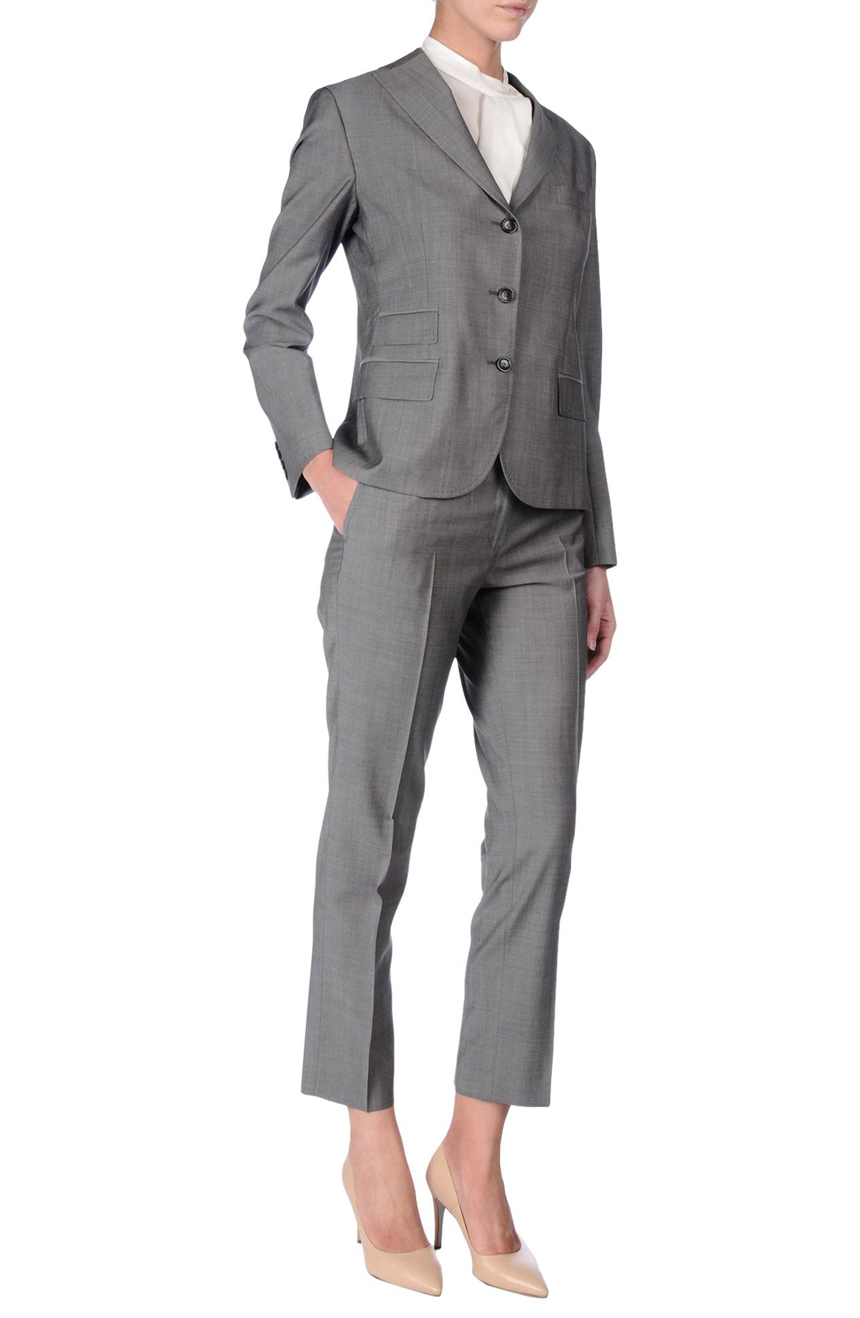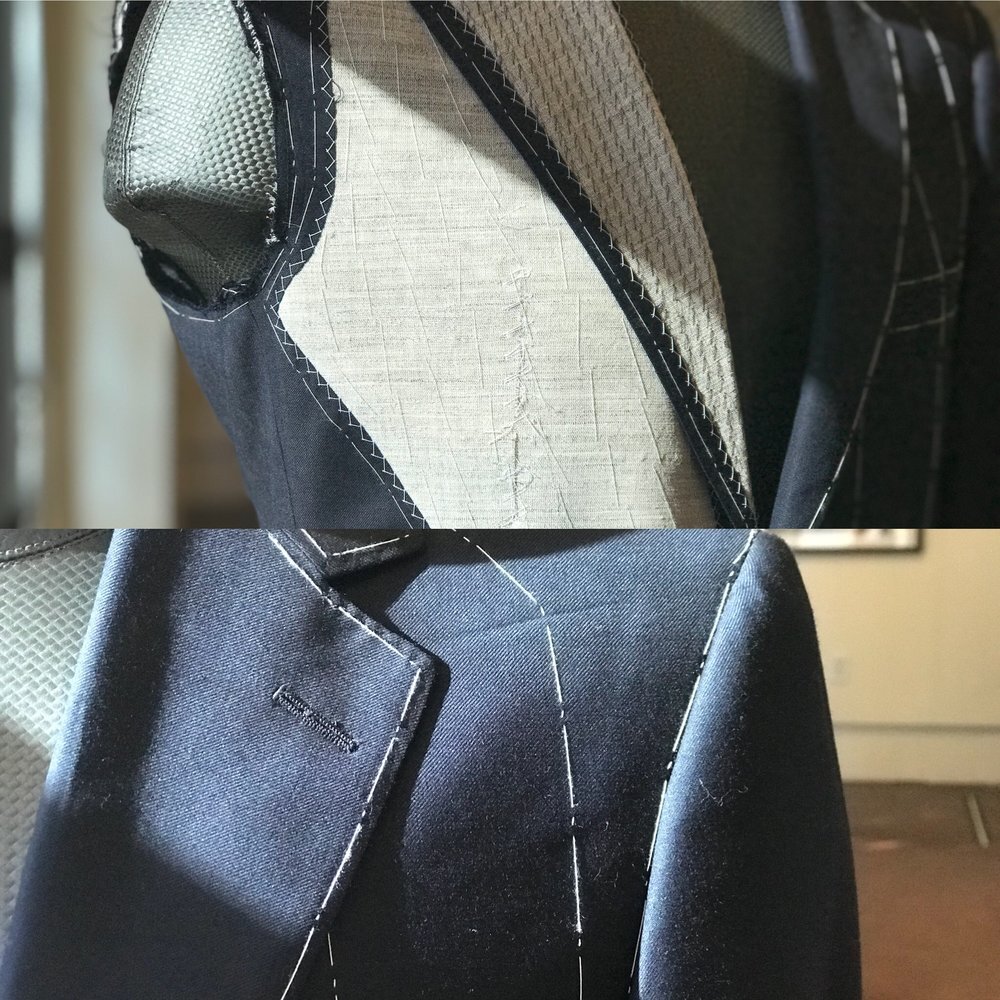Discovering the Art of Tailoring: A Comprehensive Overview to Personalized Apparel and Personal Style
The art of tailoring transcends simple apparel building and construction; it personifies a thorough craft that harmonizes individual identification with sartorial elegance. As we check out these elements, the concern stays: what genuinely specifies a tailored item, and exactly how can one guarantee their garments are not only trendy but also timeless?
The Fundamentals of Tailoring
At its core, tailoring is the precise craft of tailoring garments to enhance fit, comfort, and style. A proficient dressmaker employs precise dimensions, guaranteeing that each piece is created to match the individual wearer.
The essentials of tailoring entail several basic strategies. To start with, accurate dimension is critical; it functions as the foundation for any type of effective tailoring project. Numerous body dimensions, such as upper body, waist, and inseam, have to be thoroughly recorded to attain a flawless fit.

Last but not least, the finishing strategies-- such as stitching, pushing, and describing-- are essential for accomplishing a refined appearance. These aspects, when integrated, exhibit the artistry and accuracy that defines the world of tailoring, creating garments that are as useful as they are cosmetically pleasing.
Understanding Fabrics and Textiles
A thorough understanding of textiles and textiles is crucial for any kind of dressmaker, as the choice of product substantially affects the final garment's fit, resilience, and total visual. Wool, for instance, is renowned for its insulation and resilience, making it ideal for customized suits and outerwear.
Alternatively, synthetic fibers, including polyester, nylon, and spandex, give advantages such as increased resilience, stretchability, and ease of upkeep. Blends of all-natural and artificial fibers usually incorporate the most effective features of both, resulting in flexible and functional textiles suitable for various applications.
A lightweight material might curtain perfectly but might not offer the structure required for tailored garments. Thus, a tailor's know-how in materials and textiles is vital in producing custom-made clothes that meets clients' assumptions and improves their personal style.
Choosing the Right Dressmaker

Look for suggestions from buddies, household, or online evaluations to determine the quality of their work. When you have a shortlist, check out the tailors face to face. Observing their workshop can give insights into their professionalism and interest to detail.
When speaking with possible tailors, interact your demands clearly. A good tailor will pay attention diligently and ask pertinent concerns to recognize your vision. Seek someone who shows an interest for their craft and a willingness to team up with you throughout the procedure.
Lastly, do not forget the importance of rates and turnaround time. While top quality typically comes with a premium, make sure that their solutions fit within your budget plan. Inevitably, the right dressmaker will not only improve your closet yet additionally boost your self-confidence in your personal design.
Customizing Fit and Style
Achieving the excellent fit and design in customized garments calls for a thoughtful strategy that balances personal preferences with expert craftsmanship. Customizing fit begins with understanding one's look at this site physique, percentages, and distinct measurements. An experienced dressmaker will certainly perform a thorough fitting session, remembering of areas such as shoulder width, midsection size, and sleeve length to create a shape that flatters the user.
In addition to fit, design customization includes choosing layout elements that reflect private taste. This incorporates textile option, color, and detailing such as lapels, buttons, and pocket designs. For instance, a timeless two-button blazer can explanation be transformed with a distinct textile or different stitching, allowing for personal expression while preserving refinement.
Cooperation between the wearer and dressmaker ensures that both fit and design are effortlessly incorporated, resulting in a garment that boosts self-confidence and showcases individual style. Ultimately, customizing fit and style is regarding creating clothes that resonates with the person while adhering to the principles of customized beauty.
Maintaining and Looking After Tailored Clothing
Proper maintenance and treatment of customized clothes are necessary for protecting the garment's fit, fabric, and total look. To ensure durability, purchase top quality storage remedies. Constantly utilize cushioned hangers for jackets and fits to keep their form, and store pants level or folded up to stop creasing.
Cleaning up tailored garments calls for mindful consideration. Constantly check the care label for specific instructions. When required, choose dry cleansing, but limit this practice to preserve the material's natural fibers. For minor spots, spot cleansing with a wet towel can be reliable, while steaming can help remove wrinkles without harming the product.
Routine evaluation is important; check for loose threads, switches, and any type of indications of wear. tailor tuxedos perth. Attending to these problems immediately can protect against a lot more substantial damage
In addition, revolve your tailored pieces to avoid overuse of a single garment. This method not only boosts durability yet likewise enables you to enjoy the complete breadth of your closet. Think about seasonal storage techniques, such as making use of breathable garment bags, to protect your tailored garments from dust and pests throughout off-seasons. Adhering to these standards will ensure your customized garments remains in excellent problem for years to come.
Verdict
In conclusion, the art of customizing includes a blend of technical ability and imaginative expression, enabling individuals to accomplish garments that show individual style and fit. Picking an experienced dressmaker and keeping customized apparel these details ensures longevity and continued fulfillment.